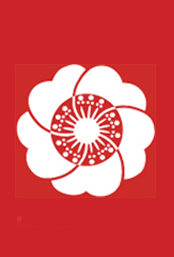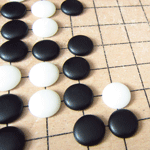Ikebana: Japanese Flower Arrangement
Dating back to the 6th century, when offerings of flowers was an integral part of daily ritual, ikebana has evolved into a highly sophisticated art form. It requires disciplined training and an understanding of the natural growth patterns of plants and their seasonal changes. Perhaps following along religious lines, the ikebana schools themselves have branched out, forming offshoots, and offshoots of offshoots, throughout the centuries. Its “family tree” would look not unlike the “trees” of Western religions.Among the styles practiced today, a few include: rikka - considered the oldest systematized form; seika, a triangular form with lines symbolizing heaven, man and earth; nageire, with plants arranged naturally in a tall container; moribana, often reflecting landscape arranged in a low container; and freestyle, the most recent development. Aside from the various styles, there are specific forms and rules of arrangements for holidays and special events.
Chado (Tea Ceremony)
Tea was served in Japan as early as 729 AD by Emperor Shomu to 100 Buddhist monks. The first seeds were brought to Japan by a monk who spent two years in China, between 803-805 AD. The Japanese developed tea into a complicated and unique ceremony.
The tea ceremony captures all the essential elements of Japanese philosophy and artistic beauty, and interweaves four principles of: (1) Harmony with people and nature (2) Respect for others (3) Purity of heart and mind (4) Tranquility.
Tea is more than an idealization of the form of drinking; it is a religion and a way of life.
Bonsai
Bonsai is the art of cultivating trees for the purpose of aesthetic beauty and contemplation. These plants are raised in very specific conditions that result in miniature trees, with carefully defined contours and curves. Many different styles still exist within this thousand-year old practice, ranging from the highly traditional to the boldy modern.




